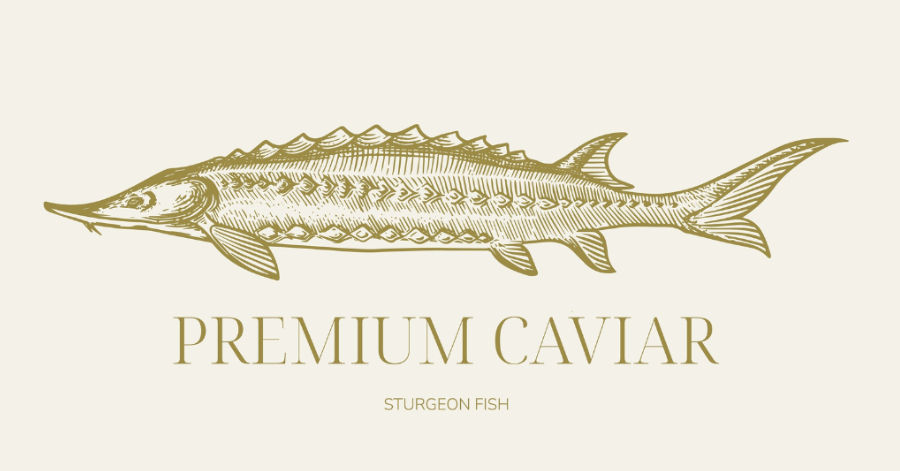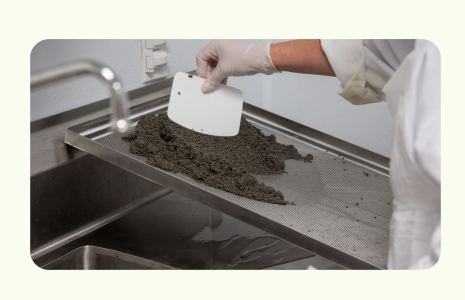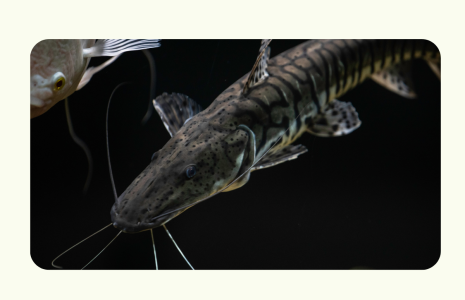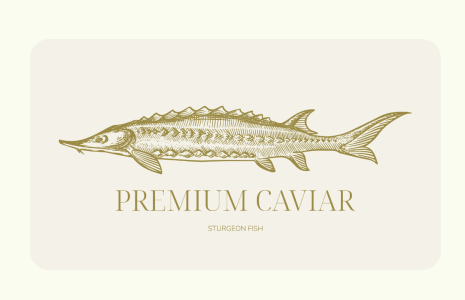
Beluga Caviar – Why Is It So Expensive?
There’s nothing that screams luxury and fancy quite like someone walking around with little blinis covered in Beluga Caviar. If someone described Caviar to you, your first thought wouldn’t be, “That sounds like an expensive delicacy”. Yet, it has been for centuries.
So why is Beluga Caviar so expensive?
The answer is the combination of the Sturgeon’s (the fish Beluga Caviar is made from) slow maturation, stringent regulations to prevent overfishing, and its rarity.
Let’s take a look at each of those things in a little more detail below.
Why is Beluga Caviar So Expensive
Maturation, Harvesting & Processing
The cultivation of the Beluga Caviar will typically take over 20 years, and a large part of that is down to the length it takes the Sturgeon to reach maturation and the gestation period before you can harvest the eggs.
Before you can even look at harvesting the eggs, you will need to wait for the fish to reach sexual maturity. Unfortunately, Sturgeon fish aren’t in a rush to grow up, with the average Beluga Sturgeon not producing eggs until they are 20 years old.
Once the Sturgeon have reached maturity, it can then take a few weeks to several months (depending on species) for the roe (eggs) to start growing on the inside of the fish. For the eggs to have that Caviar quality, they can only be harvested when they are a certain size and texture, which means that the best producers are very cautious about when they do this.
The roe isn’t just ready to be sold once the eggs have been harvested. They still need to be processed. This is probably the shortest of all the steps in producing Caviar, but it will still take a day or two to clean, sieve, cure and package them to be sold.
All of the above means that the actual production on its own is a very long process. And as the old saying goes, time is money, and that is reflected in the overall price of the product, with it taking years before you start to see an actual return.
Scarcity & Conservation
Due to a combination of the length of time the fish take to mature and its popularity – the Beluga Sturgeon (also known as Huso Huso) has seen its wild stock dwindle and is now considered endangered and scarce. This scarcity means that there are international regulations on the trade of Beluga Caviar, with the sale of the product being banned in a number of countries. This ban has meant that there is a scarcity of product and that scarcity has led to the price of Beluga Caviar coming at more of a premium than some of the other types of Caviar produced from Sturgeon.
Quality
It isn’t just the length it takes to produce it or the regulations around Beluga Caviar that have impacted its price. It’s also the fact that it is widely considered the finest type of Caviar. This is largely down to the roe that it produces. The Beluga Sturgeon produces large, delicate and soft eggs that have a light grey to black colour. The flavour profile has a much richer and buttery taste with a slightly nutty and creamy aftertaste, which makes it a more refined and popular taste for connoisseurs.
Rules and Regulations
The cost of Beluga Caviar is also the result of stringent rules and regulations governing its harvesting and trade.
Originally the United Nations put a blanket ban on the selling and buying of the product under the Endangered Species Act. However, this has now been lifted for some sources of Beluga Caviar. That being said, there are yearly export quotas set for Caviar and meat from Sturgeon, and since 2011, that quota has been zero due to very low stock in the wild, which means that the only Beluga Caviar traded internationally has come from Sturgeon bred in captivity.
There is also documentation that is required to trade in Caviar that other fish and food products don’t need. As part of ensuring that the Caviar trade is sustainable, all products require CITES documentation even if it has been produced in captivity.
All of this additional process and documentation means that there is an extra cost in the production of Caviar compared to other products which results in it being pricier.
Bon Appetit
In summary, the production of Beluga caviar, largely influenced by the sturgeon’s native habitat, conservation status, and the shift towards sustainable farming practices has a significant impact on its quality, price, and availability in the global market.
On top of that Beluga Caviar has a taste which no other Caviar can replicate. Its smooth, rich, buttery taste and large eggs are just some of the reasons that it is considered the finest Caviar and well worth the price tag.
If you want to find out more about all things Caviar, then why not take a look at our post with 9 Fun Facts About Caviar.
You can also explore our range of Caviar and see which variety takes your fancy!




